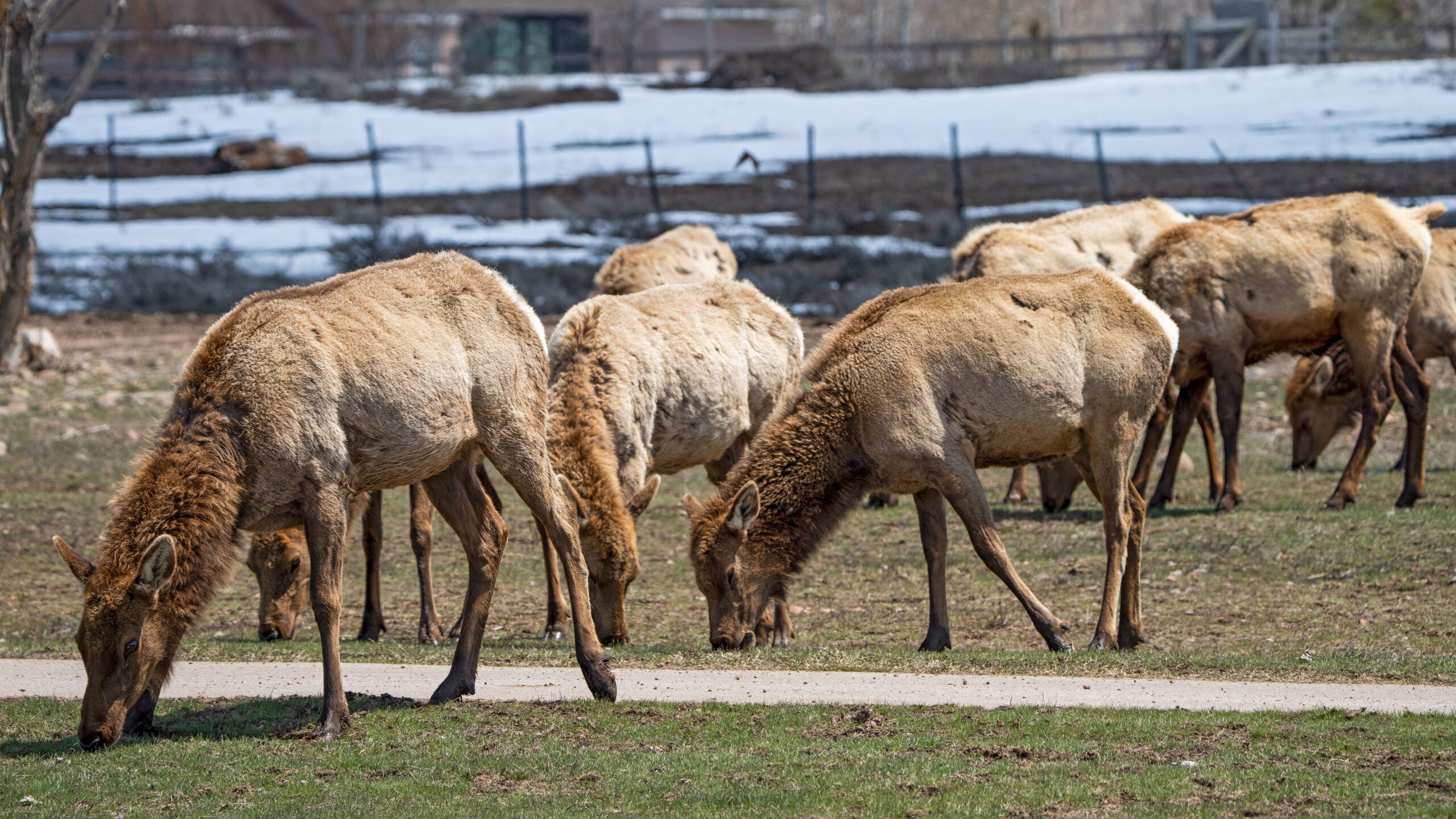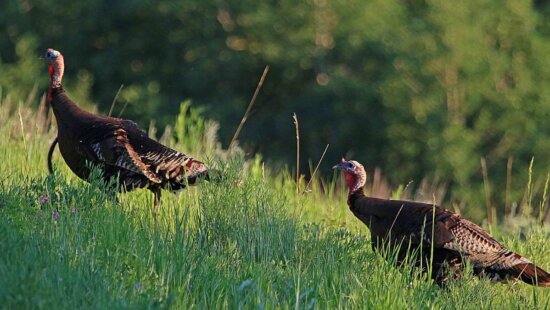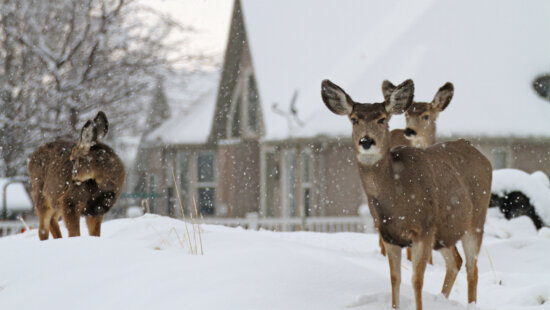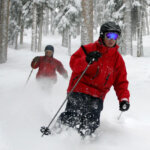Wildlife
The DWR’s tips for a successful turkey hunting season
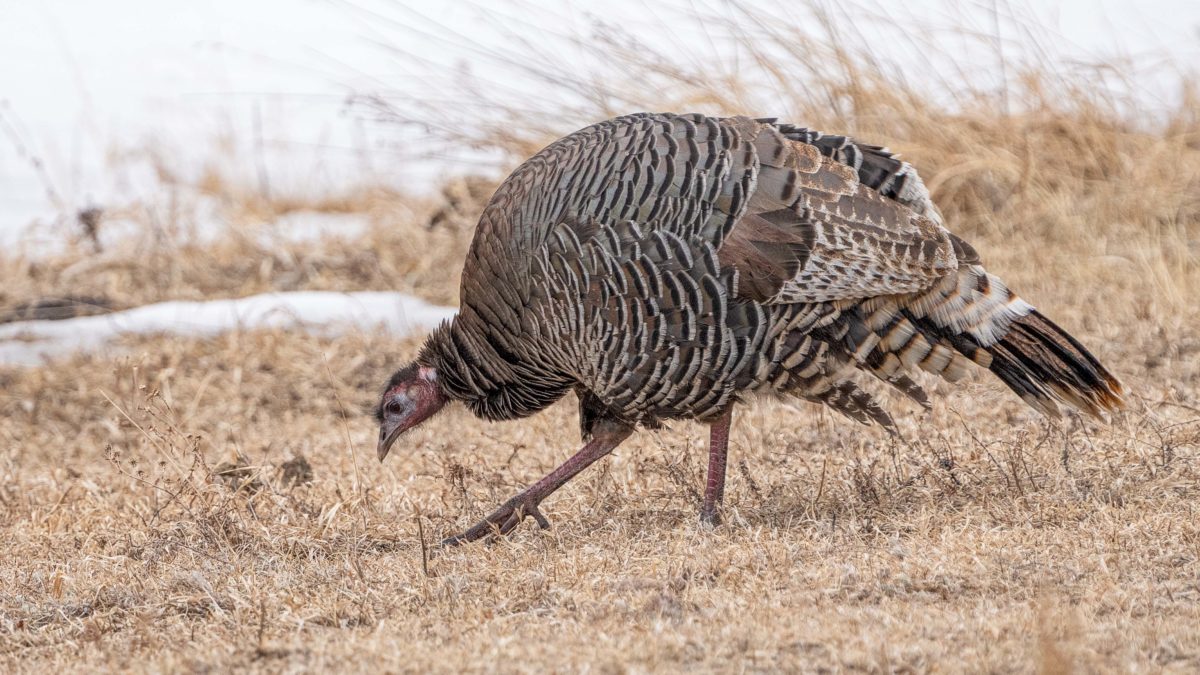
Wild turkey hen in the winter snow. Photo: TownLift // Kevin Cody.
UTAH — With turkey hunting season almost underway; here’s what you need to know in order to bag your own bird.
Utah’s youth turkey hunt will run from April 28-30, and the spring general-season turkey hunt will run from May 1-31. Youth can continue to hunt during the general-season hunt if they don’t harvest during the youth hunt. The limited-entry hunt began April 8, and will end on Thursday, April 27.
According to a press release from the Utah Department of Wildlife Resources, there are currently between 25,000-30,000 wild turkeys throughout Utah, a slight decline statewide.
“Winters with multiple heavy snowstorms that don’t freeze over are difficult for turkeys, because soft, deep snowdrifts impede movement,” said Heather Talley, DWR upland game coordinator. “We are aware that some winter loss has occurred this year, but we don’t yet have the data on how this unprecedented winter has impacted populations.”
“This year, it may be a little more difficult to find turkeys due to that winter kill and displacement from their usual ranges this time of year,” Talley said. “Our populations have been trending slightly upward for several years, but they declined last year and this year, likely due to drought conditions for multiple years, coupled with the severe winter conditions this year.”
So where will you be able to find turkeys this year? The DWR has provided a list of several locations throughout Utah where hunters are likely to spot the wild birds.
Northern Utah:
- Private property around Morgan, Croydon, Huntsville, Eden and Mountain Green
- Blacksmith Fork Canyon
- The Richmond Wildlife Management Area
- The Wellsville Range above Wellsville and Mendon
- Walk-in Access areas around Clarkston
- The Raft River Mountains near Clear Creek
- One Mile Creek
- Johnson Creek
- Wildcat Creek
- The Pilot Mountain Range
Northeastern Utah:
- The corridors along the Duchesne River
- The Green River
- The Ashley Creek drainage
- The Book Cliffs area
- Drainages across the northern and southern slopes of the Uinta Mountains
Central Utah:
- Payson Canyon
- Spanish Fork Canyon
- The Grindstone Ridge area
- Benches around Utah Valley
- Maple Canyon
- The Martin’s Fork area and off of Cherry Creek Road in Tooele County.
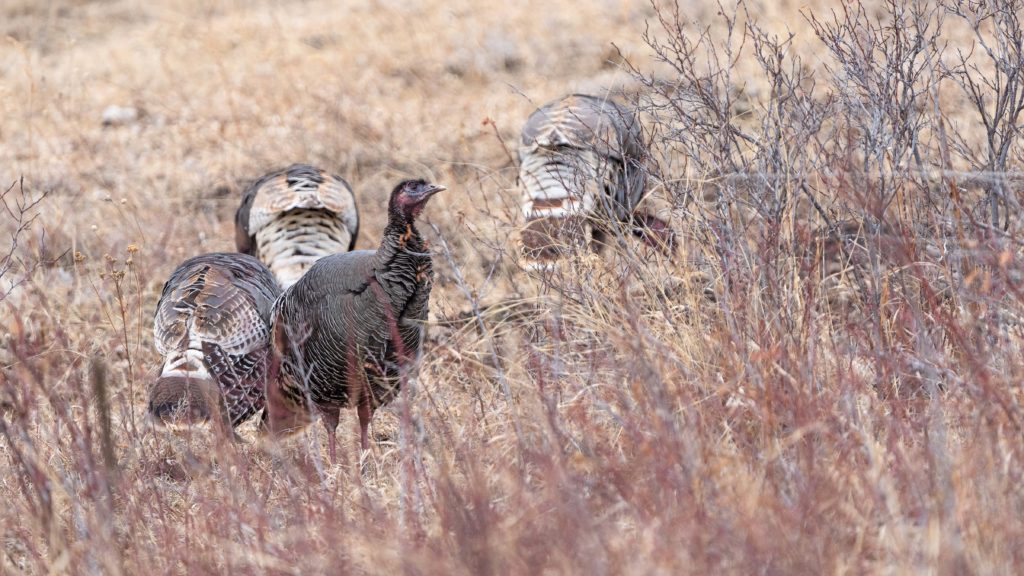
General tips from the DWR:
- Rio Grande turkeys are usually found at lower elevations. River bottoms dotted with cottonwood trees and areas containing mostly oak and pinyon-juniper woodlands are some of their favorite spots. Merriam’s turkeys, on the other hand, are typically found in ponderosa pine forests at higher elevations.
- If you’re planning to hunt, try to get out and scout a few days before your hunt begins. Becoming familiar with the area and locating where the turkeys are is key to a successful hunt. You should spend time observing the turkeys’ daily patterns so that during the hunt, you can set up in an area where the birds will be active. Typically, more turkeys are harvested between 10 a.m. and 2 p.m. than during any other time of day.
- You must get written permission from the landowner before hunting on private property.
- Use decoys and wear camo for better success.
Turkey hunting permits went on sale March 2, will be available for purchase until the hunt ends on May 31.
















